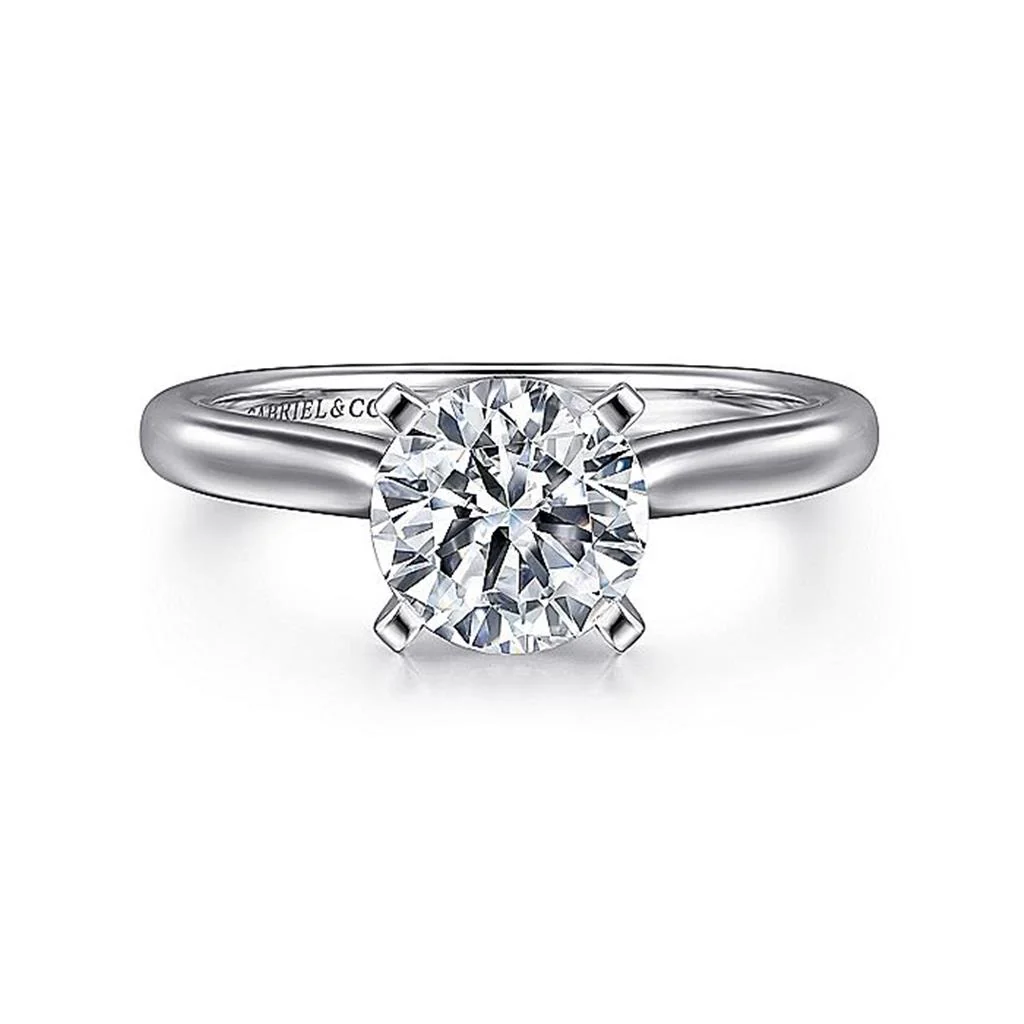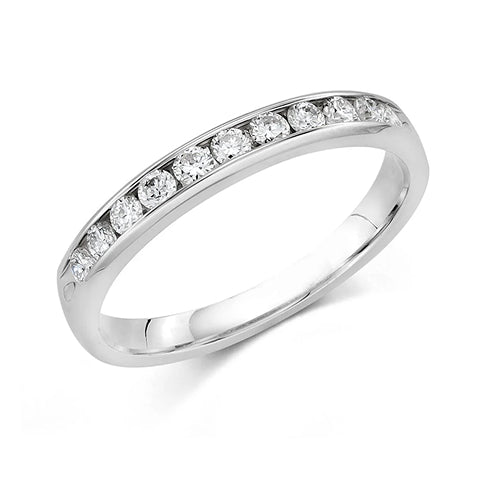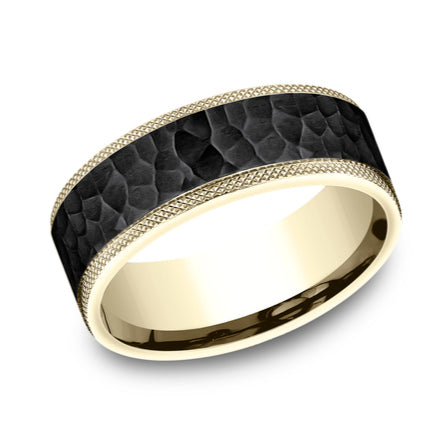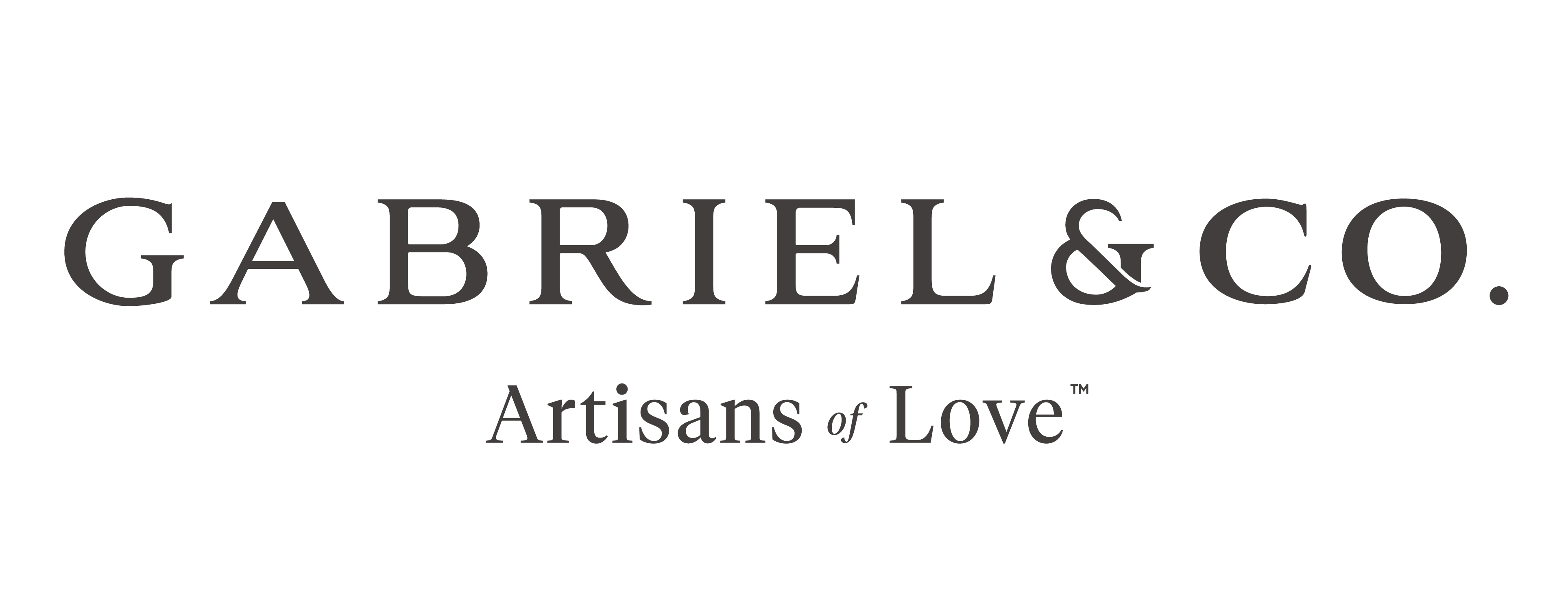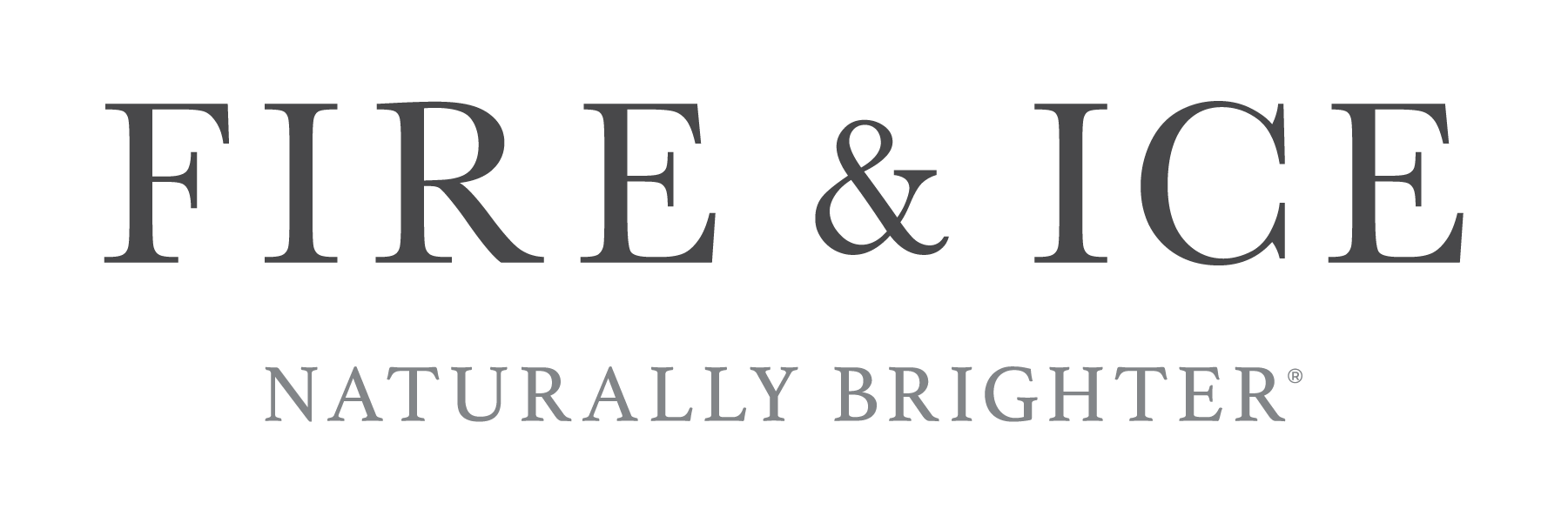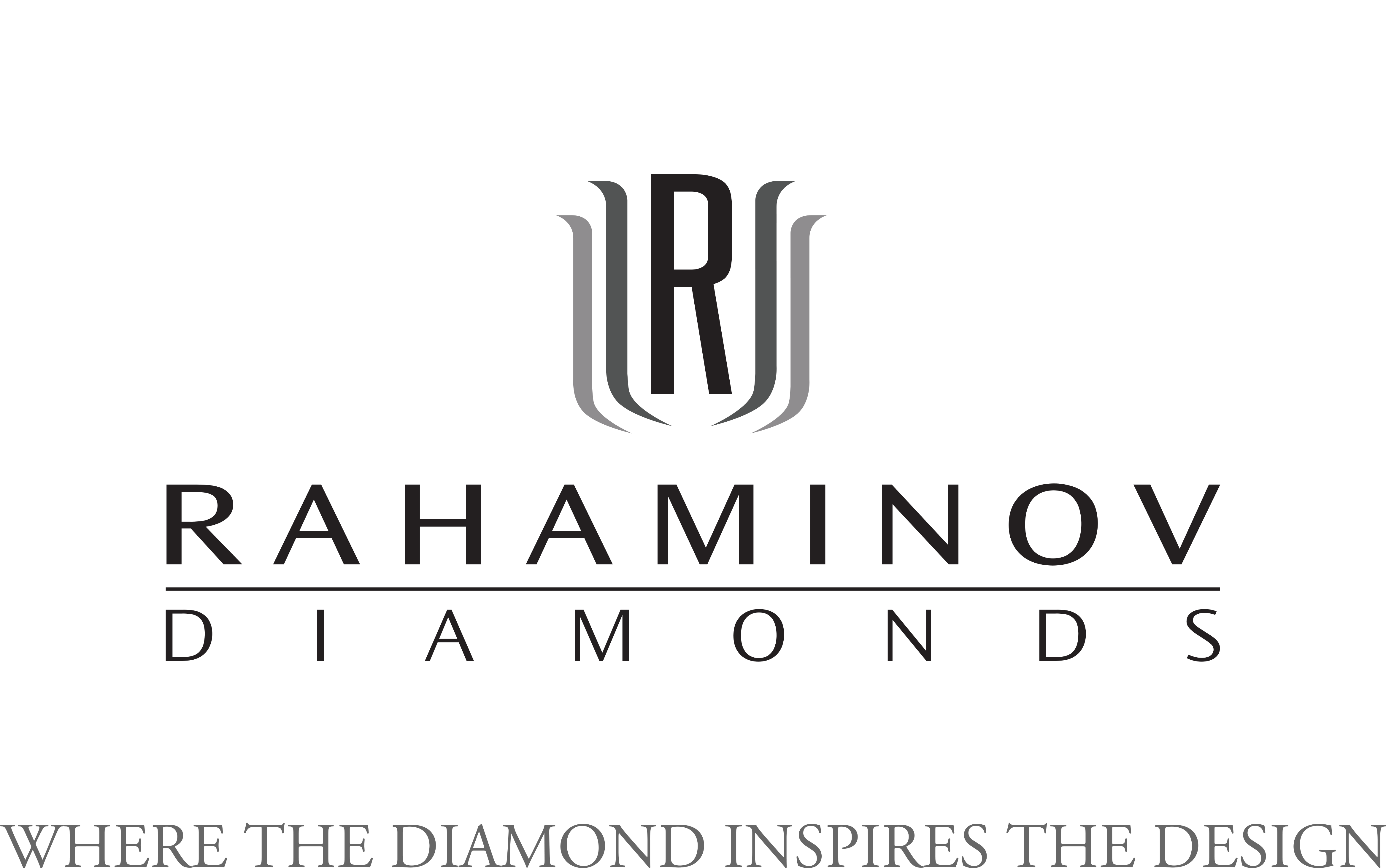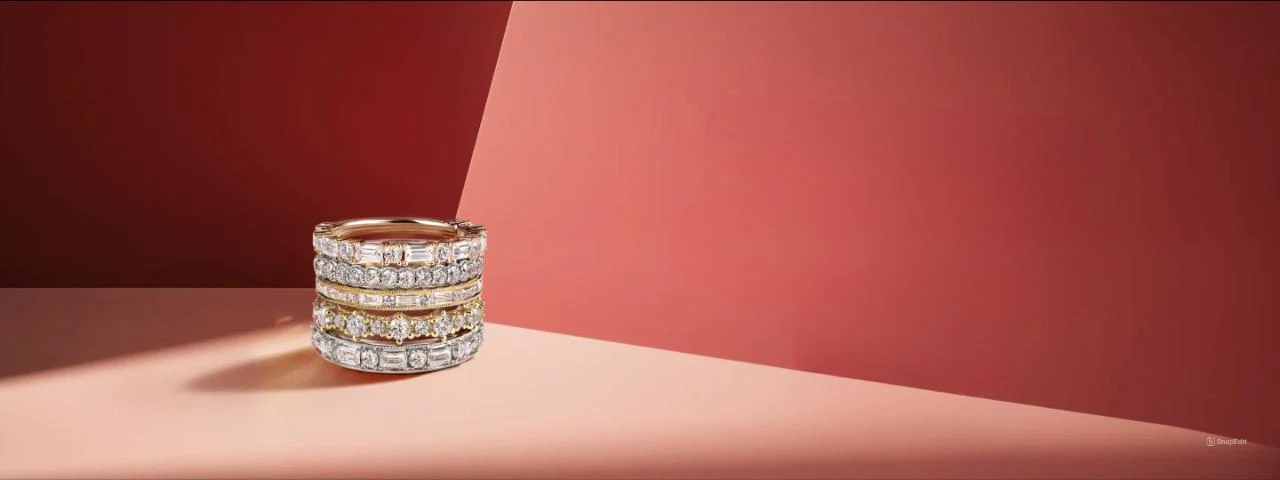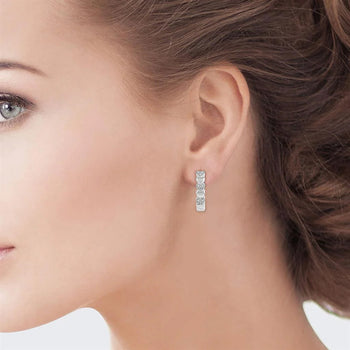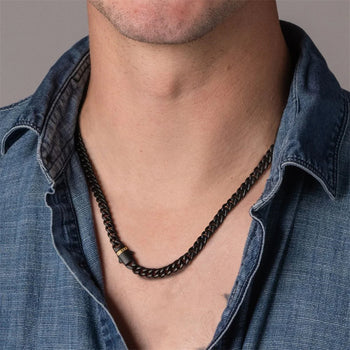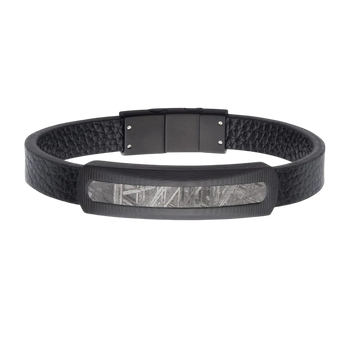
What Are the Differences Between Gemstones and Crystals?
Gemstones and crystals are what make jewelry so dazzling. But just as a gem may be called a stone or a rock, which is technically inaccurate, these words mean different things. There are vast differences between crystals and gemstones, so the terms are not interchangeable. Here, we’ll explain each to help you fully understand the beauty they add to all types of jewelry.
*The clear differentiation is that a gem is a rare mineral, while a crystal is the molecular structure of a pure substance that forms a geometric pattern.
Gemstones are classified as precious (diamond, ruby, emerald, and sapphire), or semi-precious. Precious gems are cut from a single material, while semi-precious ones can be cut from a single mineral or a rock with multiple minerals. This means they may be less pure but contain an assortment of minerals, colors, and patterns. Examples include amethyst, topaz, moonstone, and tourmaline.
Rather than cut, clarity, and purity, crystals are judged by their color, luster, and natural shape. Crystal shapes include cubic, tetragonal, hexagonal, trigonal, triclinic, monoclinic, and orthorhombic. In addition to their physical properties, crystals can be evaluated by their electric and magnetic properties as well. They may be natural or lab-grown.
Jeweler’s Touch is also trusted for high-quality jewelry repair, appraisal, and financing in the Los Angeles area. Our team is open to scheduling in-store, virtual, and curbside appointments. Gold buying and endless permanent bracelets are offered at our store as well. For more information, to schedule an appointment, or learn more about gemstones and crystals, call us at 714-579-1616 today.
*The clear differentiation is that a gem is a rare mineral, while a crystal is the molecular structure of a pure substance that forms a geometric pattern.
What Is a Gemstone?
A gemstone can be a rock, mineral, or organic material excavated from the ground or found underwater. Gems are usually discovered in crude form and then processed before they can be used for jewelry. They may be chiseled, carved, or polished before ready to be fit into a setting.Gemstones are classified as precious (diamond, ruby, emerald, and sapphire), or semi-precious. Precious gems are cut from a single material, while semi-precious ones can be cut from a single mineral or a rock with multiple minerals. This means they may be less pure but contain an assortment of minerals, colors, and patterns. Examples include amethyst, topaz, moonstone, and tourmaline.
What Is a Crystal?
Crystals by nature are pure; their color is solely determined by light reflection through their structure. They consist of three-dimensional lattices (arrangements of atoms, molecules, and ions). A crystal’s external shape is referred to as crystal habit, which is influenced by its physical form and the conditions it grows under. It is classified differently than a gemstone.Rather than cut, clarity, and purity, crystals are judged by their color, luster, and natural shape. Crystal shapes include cubic, tetragonal, hexagonal, trigonal, triclinic, monoclinic, and orthorhombic. In addition to their physical properties, crystals can be evaluated by their electric and magnetic properties as well. They may be natural or lab-grown.
Can a Substance Be a Gemstone and a Crystal?
While a crystal is not necessarily a mineral, all minerals can form crystals. Well-known minerals that are crystals by nature include quartz, garnet, kyanite, and malachite. Crystals that aren’t minerals include sugar and a few types of proteins (they are organic). The truth is gemstones can be crystals and crystals can be gemstones. Both can be aesthetically pleasing and add charm and sparkle to a piece of jewelry.Jeweler’s Touch: Devoted to Educating You About Everything Jewelry
Browse our Jewelry Education resources to learn more about diamonds, gemstones, precious metals, and more. Our GIA graduate gemologists, certified diamontologist, and goldsmiths have years of experience and can help you find the perfect engagement rings, wedding bands, bracelets, necklaces, earrings, and more. We specialize in all types of gemstones as well. And if you don’t find the right item in our diverse collections, custom design services are available; our expert team uses the latest 3D CAD technology to craft exactly what you want.Jeweler’s Touch is also trusted for high-quality jewelry repair, appraisal, and financing in the Los Angeles area. Our team is open to scheduling in-store, virtual, and curbside appointments. Gold buying and endless permanent bracelets are offered at our store as well. For more information, to schedule an appointment, or learn more about gemstones and crystals, call us at 714-579-1616 today.

